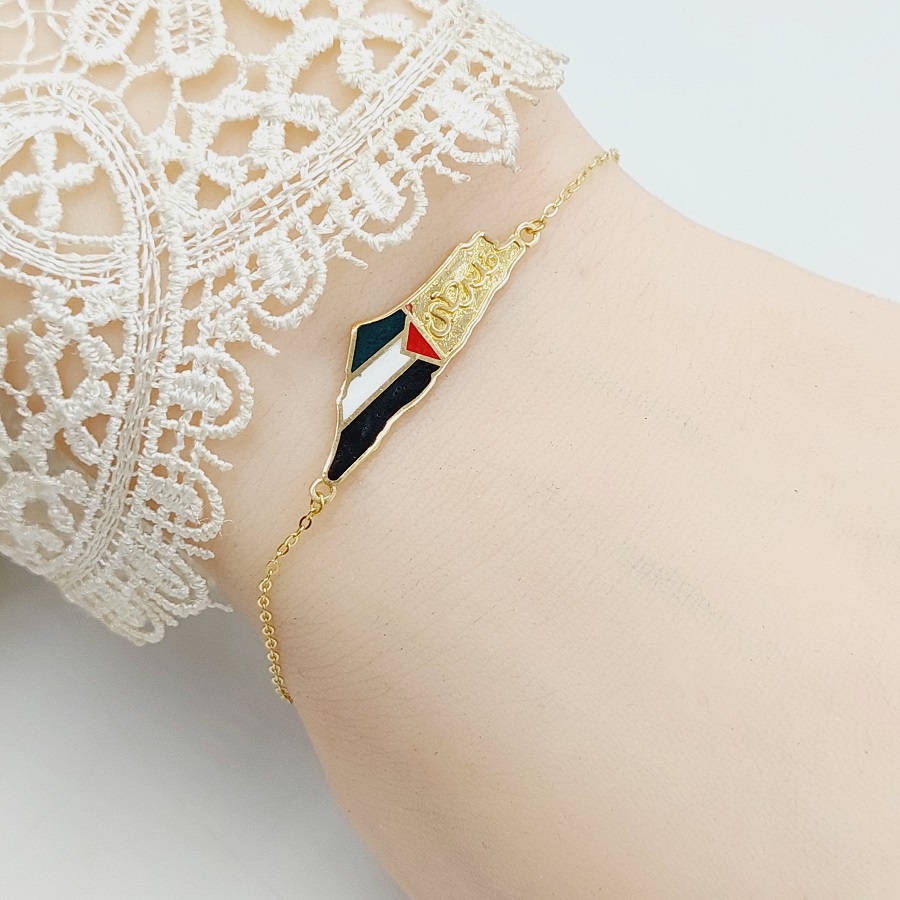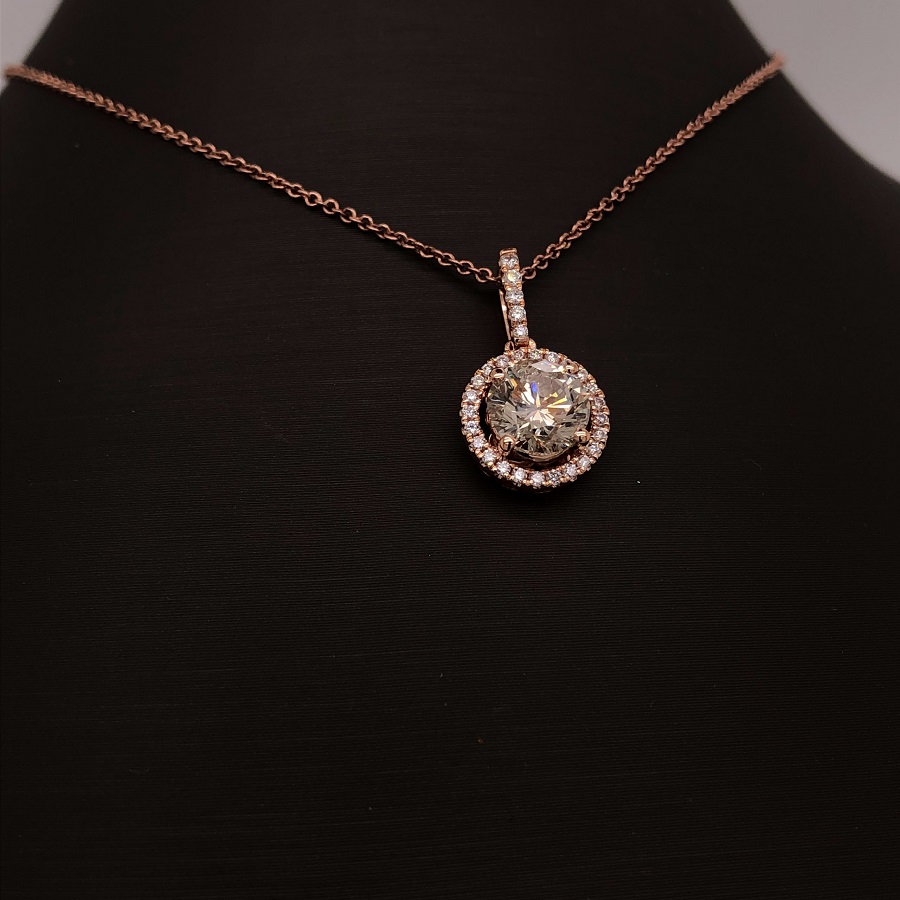Introduction
In recent years, Palestine bracelets have emerged as powerful symbols of solidarity, raising awareness about the Palestinian cause and embodying a narrative of resilience, identity, and hope. These bracelets often feature colors, patterns, and symbols that resonate deeply with the Palestinian identity while serving as a unifying emblem for those who seek to advocate for social justice, peace, and human rights.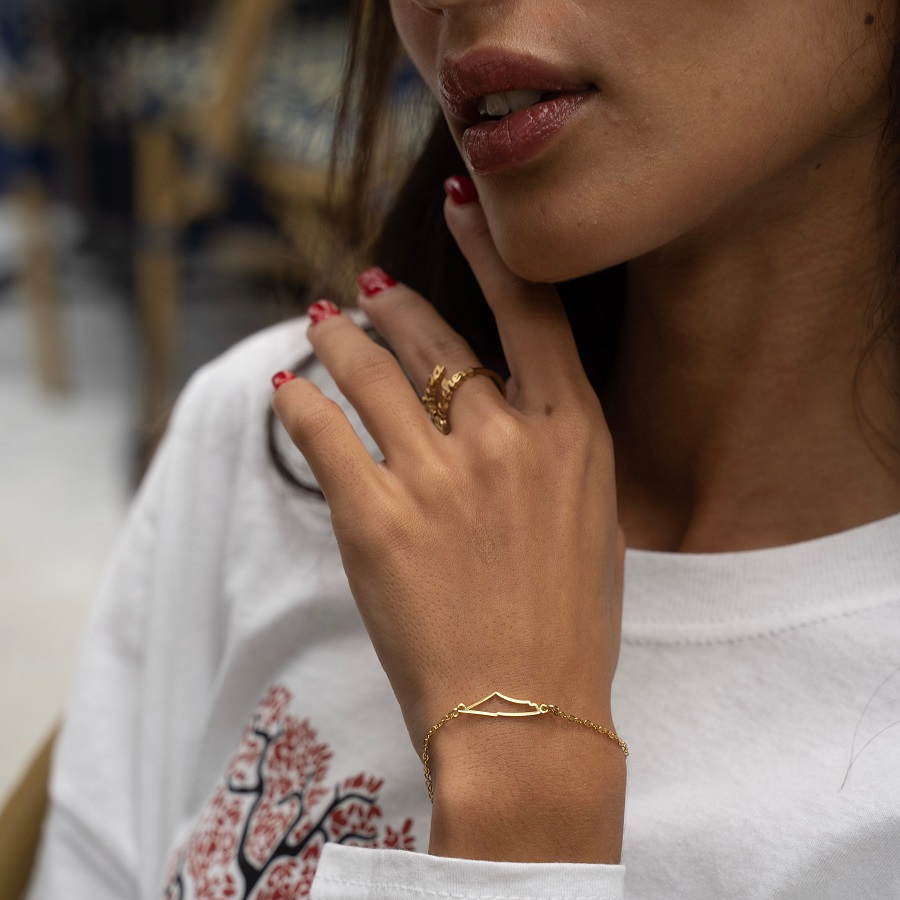
Historical Context
The significance of jewelry and adornments in the Arab world has deep historical roots. Many cultures have used clothing and accessories not only for decorative purposes but also as means of expressing identity, status, and social affiliations. In the case of Palestine, the bracelet serves as a modern artifact embodying a long and complicated history of struggle, identity, and resistance.
The prolonged conflict in the region has led to a widespread yearning for peace, sovereignty, and recognition of rights. The Palestine bracelets symbolize this collective hope and serve an important role in community cohesion. Allowing individuals across the globe to express solidarity with the Palestinian people. By wearing these bracelets or gifting them, individuals often wish to promote awareness, provoke conversations, and inspire action towards justice.
Design Elements
Colors and Patterns
One of the striking aspects of Palestine bracelets is their vivid colors and intricate designs. Commonly, these bracelets incorporate the colors of the Palestinian flag: red, green, white, and black. Each color has specific meanings—red symbolizes the bloodshed and sacrifices made for freedom, green denotes the land and its richness, black represents the hardships faced, and white embodies peace and hope for the future. By incorporating these colors, the bracelets act as daily reminders of the struggles and aspirations of the Palestinian people.
Beaded and Woven Styles
Palestine bracelets often come in various styles, from traditional beading patterns to macramé or woven designs. Much of the artistry draws from traditional Palestinian crafts, highlighting cultural heritage. The craftsmanship involved not only preserves the historical methods of embroidery and weaving but also provides economic opportunities for artisans in the region, further intertwining cultural expression with economic empowerment.
Symbols of Resistance and Heritage
Some bracelets incorporate motifs and symbols that have become synonymous with the Palestinian struggle. For example, olive branches symbolize peace and reconciliation, while the key represents the right of return for Palestinian refugees. These symbols serve to reinforce the narrative of resilience and the deep historical connection of the Palestinian people to their land.
Cultural and Social Significance
Awareness and Advocacy
Wearing a Palestine bracelet goes beyond mere fashion; it is a declaration of solidarity and a tool for raising awareness about the ongoing struggles faced by Palestinians. Campaigns utilizing these bracelets have splintered across social media platforms, encouraging users to post images of themselves wearing the bracelets, discussing the significance behind the symbolism, and advocating for Palestinian rights.
Organizations that focus on humanitarian efforts, political advocacy, and awareness campaigns often distribute these bracelets as a means to connect supporters with the Palestinian narrative. By connecting people from diverse backgrounds, the bracelets help to create a more global perspective on the Palestinian plight.
Community and Connection
For many, Palestine bracelets have become a means of connecting with others who share similar beliefs about justice and peace. Whether worn at protests, cultural events, or in everyday life, they create a sense of belonging and community among individuals passionate about the cause. The act of wearing the bracelet becomes a ritual of unity, a shared statement that transcends borders, languages, and cultures.
Gift of Solidarity
Giving a Palestine bracelet as a gift can be an impactful gesture, communicating support and solidarity with a cause that affects millions. It can serve as a conversation starter, allowing the giver to impart knowledge about the significance of Palestine and to educate others on the complexities of the conflict. Such acts foster dialogue and empathy, essential ingredients for social change.
Challenges and Misunderstandings
Despite their growing popularity, Palestine bracelets can also stir controversy, depending on the political climate and the context in which they are presented. Misinterpretations of their meaning, the commercial exploitation of Palestinian symbols, and backlash from those who may not share the same sentiments can complicate the narrative surrounding these bracelets. Advocates stress that it is essential to approach the subject with sensitivity and understanding to ensure that the message of solidarity and support remains clear and intact.
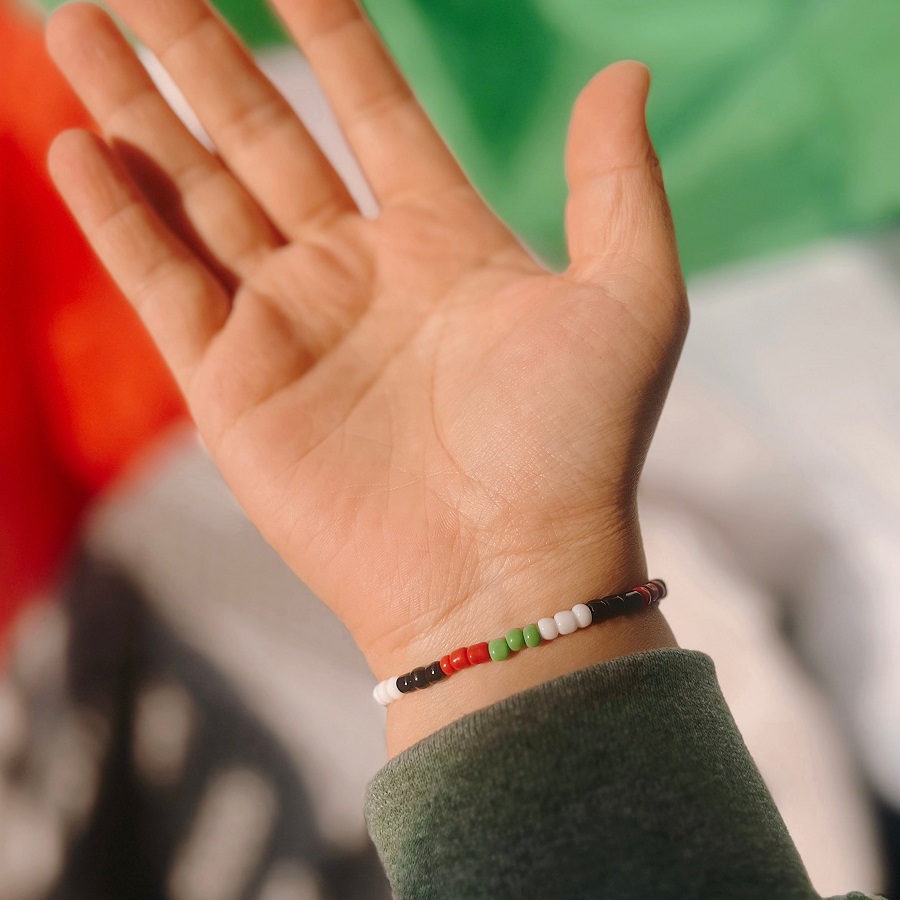
The Origins of Palestine Bracelets
The history of Palestine bracelets can be traced back to the vibrant and rich tapestry of Palestinian culture. The handicraft traditions of the region have long included beadwork and embroidery, with women at the forefront of these practices. Traditionally, these ornaments were crafted not only for aesthetic purposes but also as social and cultural markers, often associated with specific tribes or regions within Palestine.
During the Palestinian struggle for self-determination, these bracelets took on new meanings. They evolved into symbols of resistance, serving as a tangible reminder of the Palestinian identity and heritage. As they gained popularity among international supporters of the Palestinian cause, they also became a means of fostering greater awareness and promoting solidarity across borders.
Symbolism and Meaning
The designs of Palestine bracelets are often imbued with rich symbolism that reflects the history and struggles of the Palestinian people. Many bracelets incorporate colors that hold significant meaning:
- Black, Green, White, and Red: These colors are closely associated with the Palestinian flag. Representing the struggles and aspirations of the nation. Each color has specific connotations—black often symbolizes the dark period of oppression, green represents the land and hope. White is associated with peace, and red signifies the bloodshed in the fight for freedom.
- Patterns and Beads: The designs on Palestine bracelets can be intricate and unique. Geometric patterns and representations of traditional Palestinian motifs not only add beauty but also tell stories of cultural heritage. These designs are often inspired by nature, folklore, and historical narratives. Making each piece a work of art that speaks to the collective memory of the Palestinian people.
A Form of Solidarity
Wearing a Palestine bracelet has transcended its initial cultural significance to become a form of activism—a way for individuals to express solidarity with the Palestinian people. In the face of ongoing conflicts and crises, these bracelets have become powerful tools for raising awareness and sparking conversations about justice, human rights, and freedom. When someone sports a Palestine bracelet. They are not just wearing jewelry; they are making a statement about their commitment to supporting those who face oppression.
Many supporters of Palestinian rights use these bracelets as conversation starters to educate others about the complex realities on the ground in Palestine. They serve as reminders of the importance of awareness and engagement in the global fight for equality and justice. By wearing these symbolic pieces. Individuals connect with a broader movement that seeks to uplift marginalized voices and challenge systemic injustices.
A Source of Empowerment
For many Palestinian artisans and creators, making these bracelets is also an empowering act. By crafting these items, they not only preserve their cultural heritage but also create a means of livelihood. Selling bracelets provides economic opportunities for Palestinian women, who often bear the brunt of the socio-political struggles in the region.
Moreover, some organizations and initiatives are dedicated to supporting these artisans directly.
The Global Impact
With the rise of social media and interconnectedness in today’s world. The significance of Palestine bracelets has extended beyond local or national borders. Activists and supporters from various countries wear these bracelets to show their solidarity and allyship with the Palestinian cause. This global movement fosters dialogue and highlights the need for collective action in addressing the injustices faced by Palestinians.
Moreover, events such as solidarity rallies and cultural festivals often showcase. Palestine bracelets as essential elements of the representation of Palestinians in diasporic communities. In these gatherings, individuals share their stories, experiences, and aspirations. Creating a tapestry of voices united by a common purpose—advocacy for peace, justice, and cultural recognition.
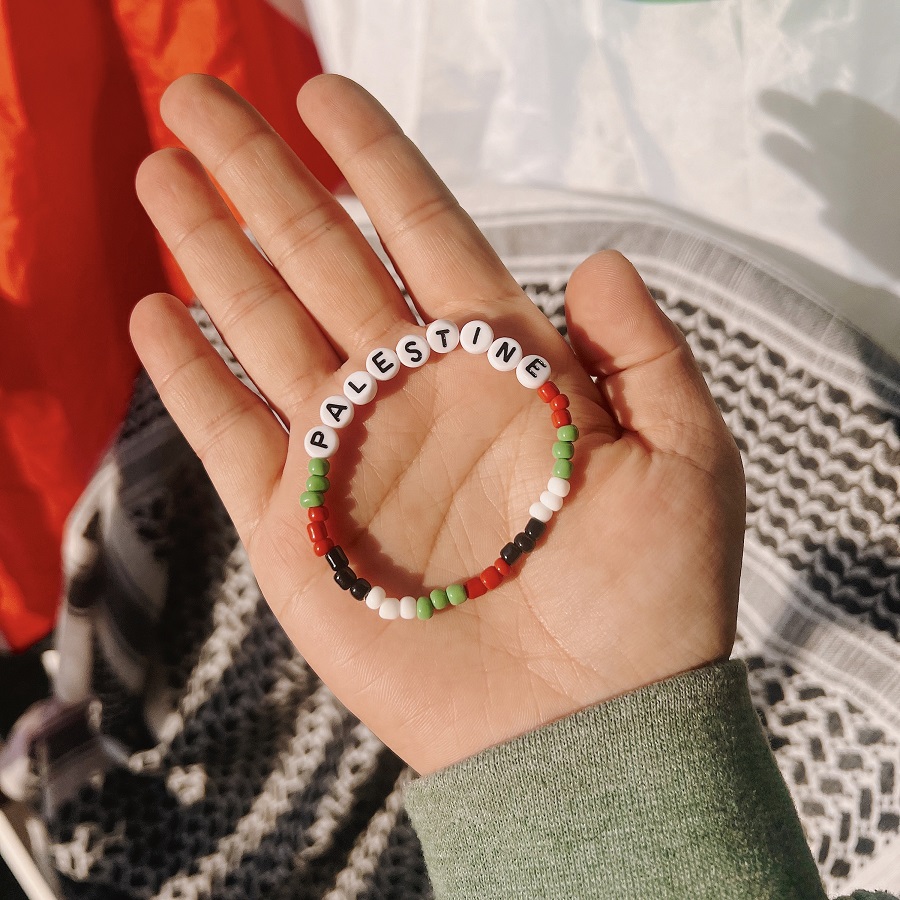
Conclusion
In summary, Palestine bracelets are more than just accessories; they are potent symbols of unity, resilience, and hope. They represent a rich cultural heritage intertwined with contemporary struggles for justice and rights. Offering a tangible connection to a narrative that deserves to be heard and understood. By wearing or gifting these bracelets.
